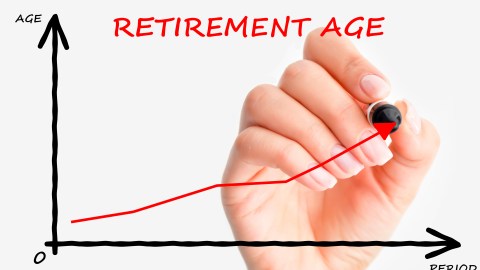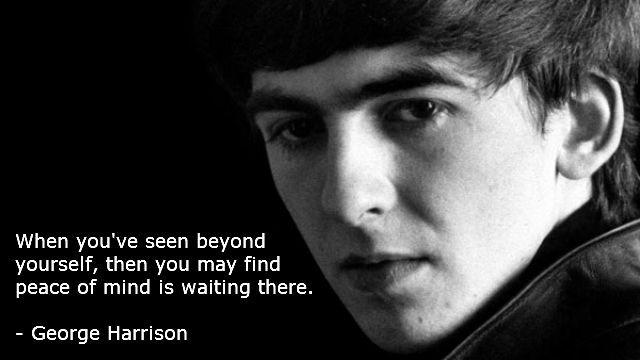Investing So You Can Work In Retirement

The number one retirement financial plan for the next generation of retirees is not simply saving or investing, but rather to work longer and through many of the years we used to call retirement. While money alone is the appeal for many to continue working past traditional retirement age, others see work as providing a sense of purpose, personal meaning, as well as a vital connection to the social network of people they spend more waking hours with than their family.
But proposing a plan to work longer to yourself, your family, your financial advisor or even to your friends comes along with a number of assumptions. Our research at the MIT AgeLab suggests that new thinking about working in old age requires us to consider at least three of those assumptions.
First, have you asked yourself how is your health? Being able to work well into retirement assumes that you are physically, emotionally and cognitively able to perform on the job. The aging baby boomers are not just the leading wave of the next generation of retirees, but an epidemiological explosion of diabetes, cardiovascular disease, arthritis and all the related complications that those conditions often bring. While health may be at the top of everyone’s agenda, painfully few are actually pursuing a health, fitness or disease management program that manages their illness, enhances their energy and strength, and enables them to perform their daily jobs without making work a daily slog.
Can you make a business case for yourself to stay in the workplace? Technology is moving faster than ever before. You can teach an old dog new tricks if the dog is willing to learn. In a recent New York Times Op-Ed, Thomas L. Friedman highlighted how Google views one’s ability to learn and “process on the fly” as one of the most important attributes in candidates. Staying in the workplace longer does not mean doing what you’ve always done how you have always done it, instead it demands that you stay on the cutting edge of new technologies and processes to get the job done as efficiently as was expected in your younger years. Part of the new retirement may actually be investing in learning technology, taking a MOOC (Massive Open Online Course) or an in person workshop to keep up-to-date, or even obtaining a midlife degree to maintain your own personal competitive advantage.
Eventually all of us will transition away from the workplace. How will you leave? Few people, particularly ‘knowledge workers’, say that they want a full stop on a given Friday at 5 o’clock. How smooth the transition is may depend on how you have worked and mentored your younger colleagues. Mentorship is more than just about taking leadership in your organization, it entails working with younger colleagues to share your knowledge and experience. This may be the key which enables you to scale back from five to three days a week during the transition to retirement. The relationship and transfer of knowledge isn’t a one-way street – take the opportunity to learn from them.
We typically think about investing monetarily so that we can afford to retire, however, it may be time to think about how we are investing in both ourselves and others to ensure that we can continue to work in what our parents used to call ‘retirement’.
Dana Ellis of the MIT AgeLab contributed to this article.
Image by Shutterstock





